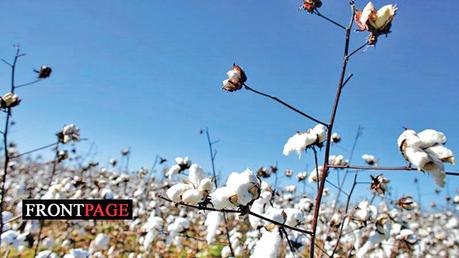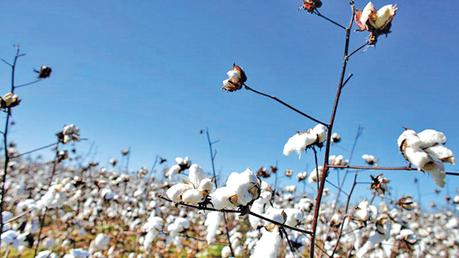 Business
Business
 Tags:
Print Edition
Tags:
Print Edition
New Delhi, March 28 (IANS) Textile industries has been the focus area of Prime Minister Narendra Modi-led government for quite some time now. The industry accounts for 4% of India’s gross domestic products (GDP) and is crucial for earning foreign exchange. The Indian government has also taken several initiatives to encourage the rapid growth of the country’s technical textiles sector.
Even before the National Technical Textiles Mission, the central government began to promote this sector. In accordance with this, 207 technical textile products were assigned the Harmonized System of Nomenclature (HSN) code in 2019 under the Foreign Trade Policy.
To promote the use of technical textiles in various fields, 92 areas have been identified under 10 central ministries where the use of technical textiles is mandatory. The Bureau of Indian Standards has established standards for 377 technical textile products. The Ministry of Textiles also added six new courses to the Samarth scheme, which is run by the Ministry. With this in mind, the National Technical Textiles Mission was launched in 2020, taking into account the enormous potential.
At the moment, it contributes approximately 14% to industrial production and approximately 13.5% to foreign income. It accounts for 13.5% of India’s exports, and it is the second largest employment provider after agriculture. Over the last four decades, this industry has grown at a 3 to 4% annual rate.
The National Technical Textiles Mission was adopted by the central government to establish India as a global leader in technical textiles over a four-year period (from 2020-21 to 2023-24) at a cost of Rs 1,480 crore. According to Piyush Goyal, Union Minister of Textiles, “The growth of technical textiles in India has gained momentum in the last 5 years, and it is currently growing at an annual rate of 8%. We intend to increase this growth rate to 15-20% over the next five years.”
Saturday, April 2, 2022 – 01:00
